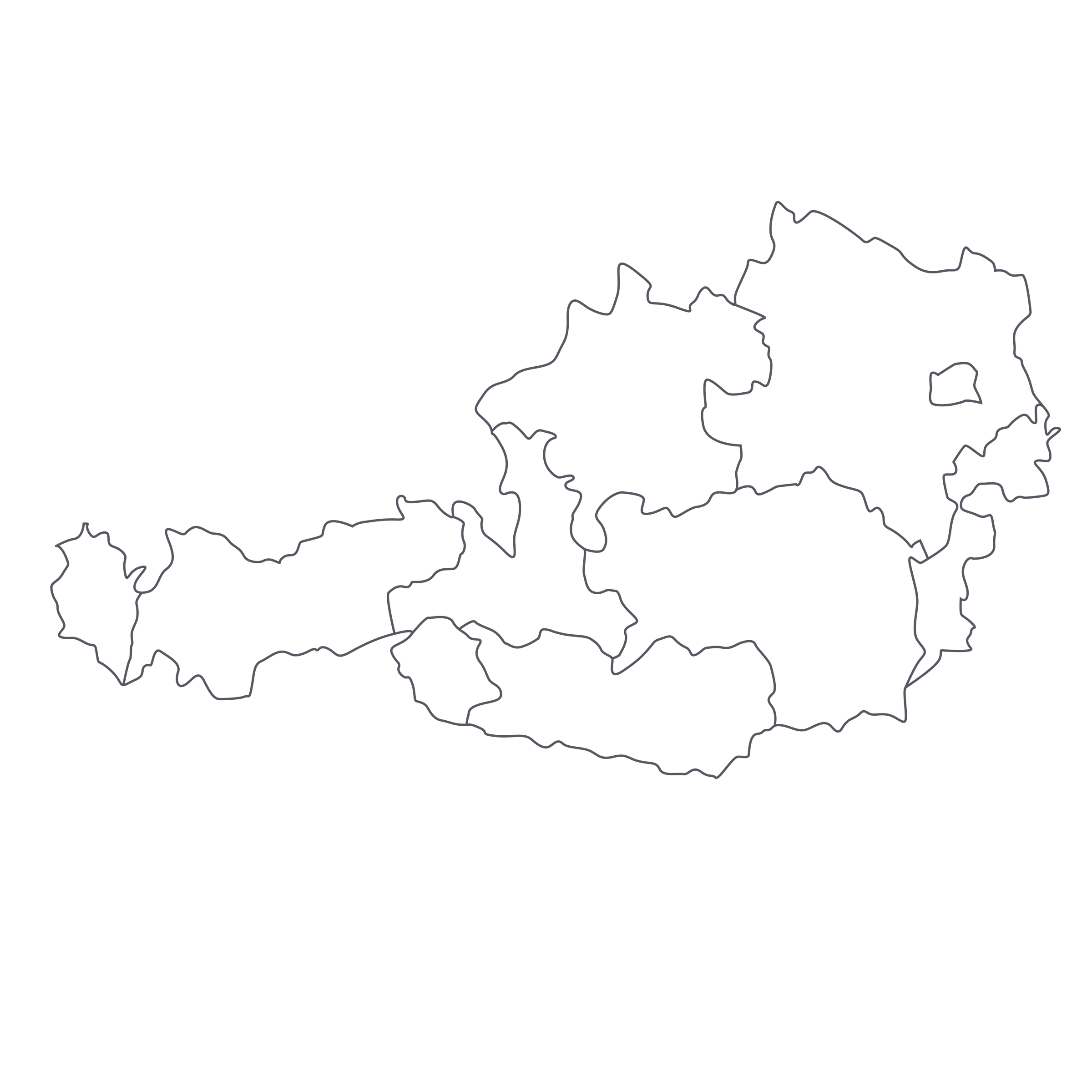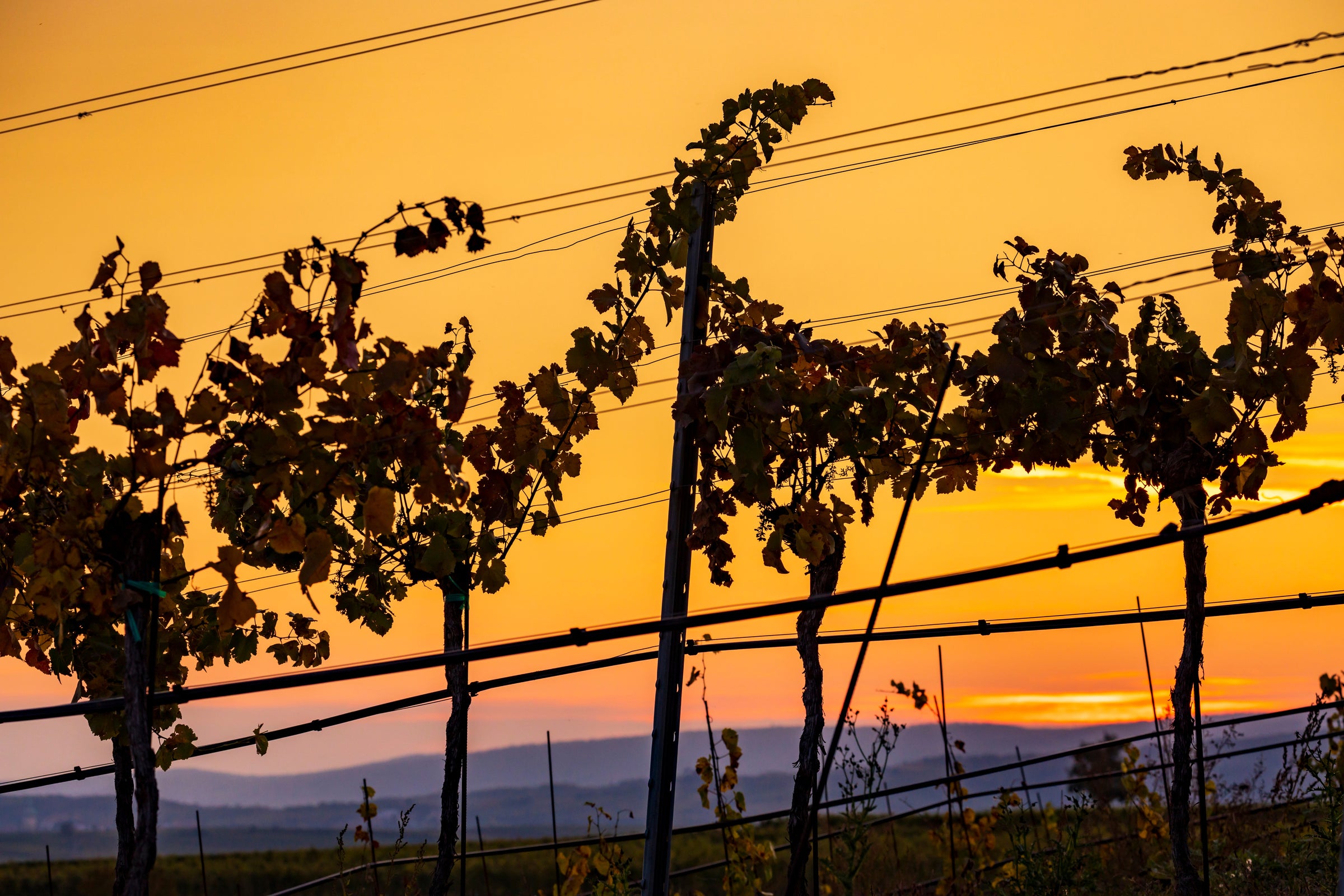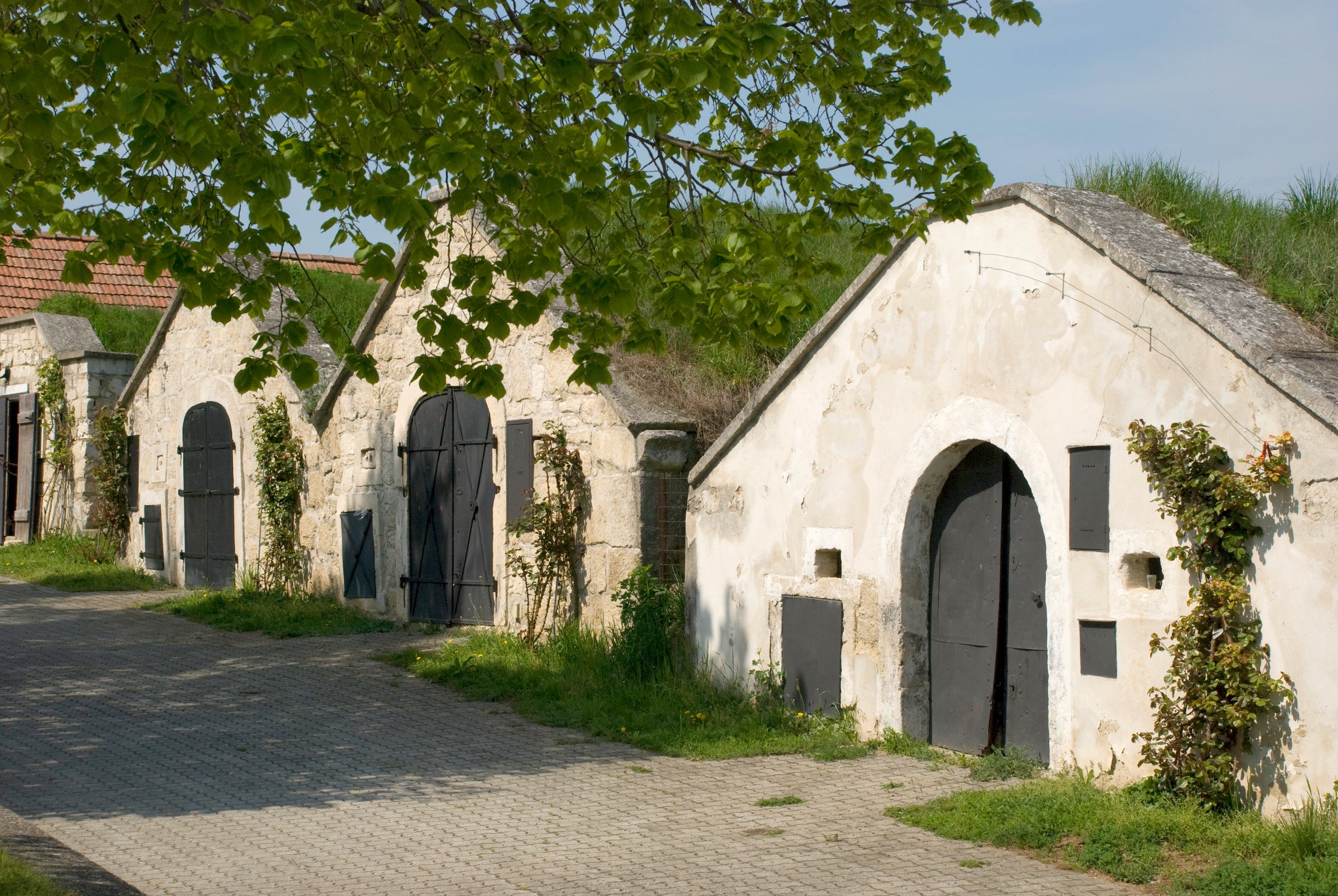Sheer fascination is all there is to say about Christoph Hoch’s new organic/biodynamic Austrian project—this is Grüner Veltliner like you’ve never experienced, guaranteed to perplex even the greatest tasters. I found myself drawing comparisons to Nicolas Joly’s rarefied Chenin Blancs to the greatest wines coming out of Jura’s bucolic hillsides, but this is far from an exhaustive list. Christoph’s “#32” is a ‘terroir first, Grüner Veltliner second’ wine, meaning Christoph has spent years studying the famous soils around the world—Champagne, notably—in order to best understand his small parcel of land that hugs the Danube River.
Not only is it nearly impossible to smell or taste every intricacy of this wine, it’s just as hard to grasp the winemaking complexities that go into it, despite it ironically being a ‘hands off’ process: Christoph selected 32 barrels of Grüner Veltliner from his cellar, with each one having its own distinction—be it a different plot, fermentation, even vintage—and blended it all together to create today’s brilliantly unique wine. This is uncharted territory for Austrian wine, really, most wines of the world, and the result is extraordinary, especially at such a low price. Now’s your chance to experience one of the most unique wines on the world market—you’ll thank yourself after opening your first bottle. Everyone here at SommSelect is still pleasantly stupefied!
Founded in 2013 with just five hectares of land (thanks to a donation from his own winemaking parents), Hoch’s incredibly unique project has captured the attention of trendsetting restaurants and voguish critics. Christoph says: “Tradition is important to me, because it is a rare gift to receive. I am proud of it, but I don’t have any dynastic ambitions. I am just one in a long line of ancestors!“ How long? The Hoch family can trace their grape-growing and trading origins back to 1640 (that’s their original coat of arms on the today’s label)! Though his intentions aren’t dynastic, I’d argue his wines are the start of one: In short order, Christoph has become a Grüner and Riesling mastermind proudly touting the traditional side of wine while choosing to ignore the rigidity of the regulations that comes with it.
Christoph compare his
loess and chalk soils to those of Champagne’s Côte des Blancs—he’s even studied with prominent producers there—and though just five years on the scene, he quickly earned organic and biodynamic certification for all of his vineyards (the local wine school in Krems even sends their students to Hoch for hands-on biodynamic learning). His terraced vines range from 35-60 years old and, after hand-harvesting, each individual parcel is vinified separately in
large oak and acacia barrels. For each vintage, Christoph crafts some 40 different individual lots of wine. After a long, spontaneous fermentation in his two-level cellar, along with additional barrel aging, he tasted and consequently hand-selected 32 barrels (hence #32 on the back label) that comprised the final blend of this Grüner Veltliner. Remember, each barrel has its own distinctions: some have gone through malolactic fermentation, some haven’t; some are from old vines, some younger...you get the idea. The only thing for certain is that the majority of the wine in your bottle is from the 2015 vintage, with the remainder coming from previous vintages à la ‘NV’ Champagne.
Hoch’s #32 pours a deep straw-yellow in the glass with platinum hues at the rim. First thought: “Did they bottle the wrong wine?” Then, you put your nose in the glass and it further confirms your theory—but as the wine opens up and you explore its intricate aromas and flavors while factoring in the wine’s
élevage, it all starts coming together. You’ll find supple notes of white peach skin, tangerine, almond dust, creamed apples, damp flowers, honeysuckle, lime blossoms, meyer lemon, acacia, crushed chalk, turnips, accents of sour beer (after hours of air) and the faintest hint of white pepper. As mentioned, this shares similarities with the magical wines of Joly, the likes of Jura’s best, even a textured coastal white similar to Italy’s Greco di Tufo, but despite this blend being multi-vintaged and barrel-aged, it still possesses beautifully piquant Grüner traits and its signature spice on the finish. Christoph’s wines are unique creatures that deserve a lot of thought—each time you lift the glass, I guarantee you’ll pick up another new dimension to its aromatic profile or chameleonic palate. Decant for 15-30 minutes and serve in all-purpose white stems just under cellar temperature. Also, be sure to keep a few back to explore its evolution over the next 5-7 years—I promise your patience will be rewarded. Fresh cod with toasted almonds will perfectly accompany the depth and myriad flavors found in Hoch’s #32—just be sure to bring a few friends along for the ride. Cheers!






